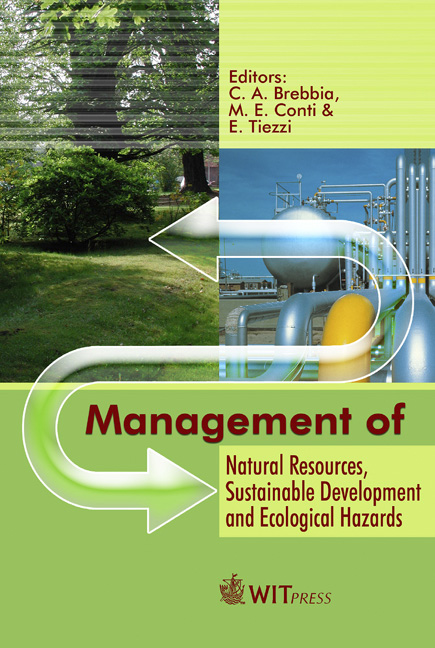Trace Metals In Molluscs From The Beagle Channel (Argentina): A Preliminary Study
Price
Free (open access)
Transaction
Volume
99
Pages
11
Published
2006
Size
940 kb
Paper DOI
10.2495/RAV060471
Copyright
WIT Press
Author(s)
M. E. Conti, J. Stripeikis, M. Iacobucci, D. Cucina, G. Cecchetti & M. B. Tudino
Abstract
Individuals of Mytilus chiloensis (Hupè, 1854) and Nacella magellanica metalica (Rochebrune and Mabille, 1885) were evaluated as possible biomonitors of trace metal baseline contamination in the Beagle Channel, Tierra de Fuego (Argentina). The selected species have the necessary prerequisites for use as biomonitors. They are well distributed in all coastal areas of the Beagle Channel and other regional seas, they are easy to identify and available all year round. The first aim of this preliminary survey is to evaluate the concentrations of Cr, Cu, Pb and Zn present in soft tissues of the selected species in order to have more information on the use of these selected species as possible cosmopolitan biomonitors. Samples were collected in seven stations situated along 170 km of the coast in the tidal zone. The validity of these two species as bioaccumulators was tested. Significant differences between metal concentrations in molluscs from different stations were tested by ANCOVA on log10 transformed data with body weight as covariate. Multiple comparison tests (MCT) were conducted when significant differences were detected among the stations. In M. chiloensis metal concentrations decreased in the order: Zn > Cu > Pb ≥ Cr while for Nacella metal concentrations decreased in the order: Zn > Cu > Cr > Pb showing good bioaccumulation ability. At present, they can be considered as good candidates as trace metals biomonitors for the studied area. From all the obtained data and statistical analysis (ANCOVA, MCT) the results showed clearly that there is no one site univocally more contaminated (with clearly high levels of metals accumulation in biomonitors) than any other. Thus the possible hypothesis of the Ushuaia Harbour as being the most contaminated site must be reconsidered. Metal concentrations recorded may be used for background levels for intraspecific comparison within the Patagonian seas.
Keywords





